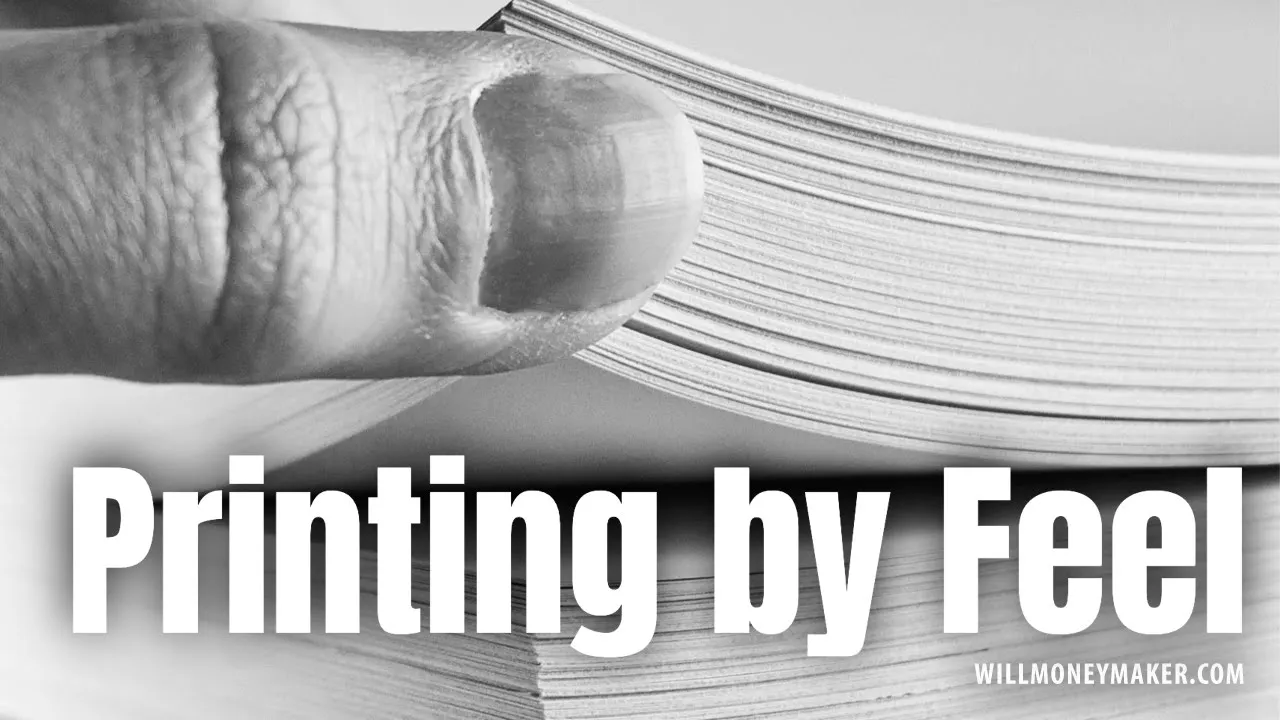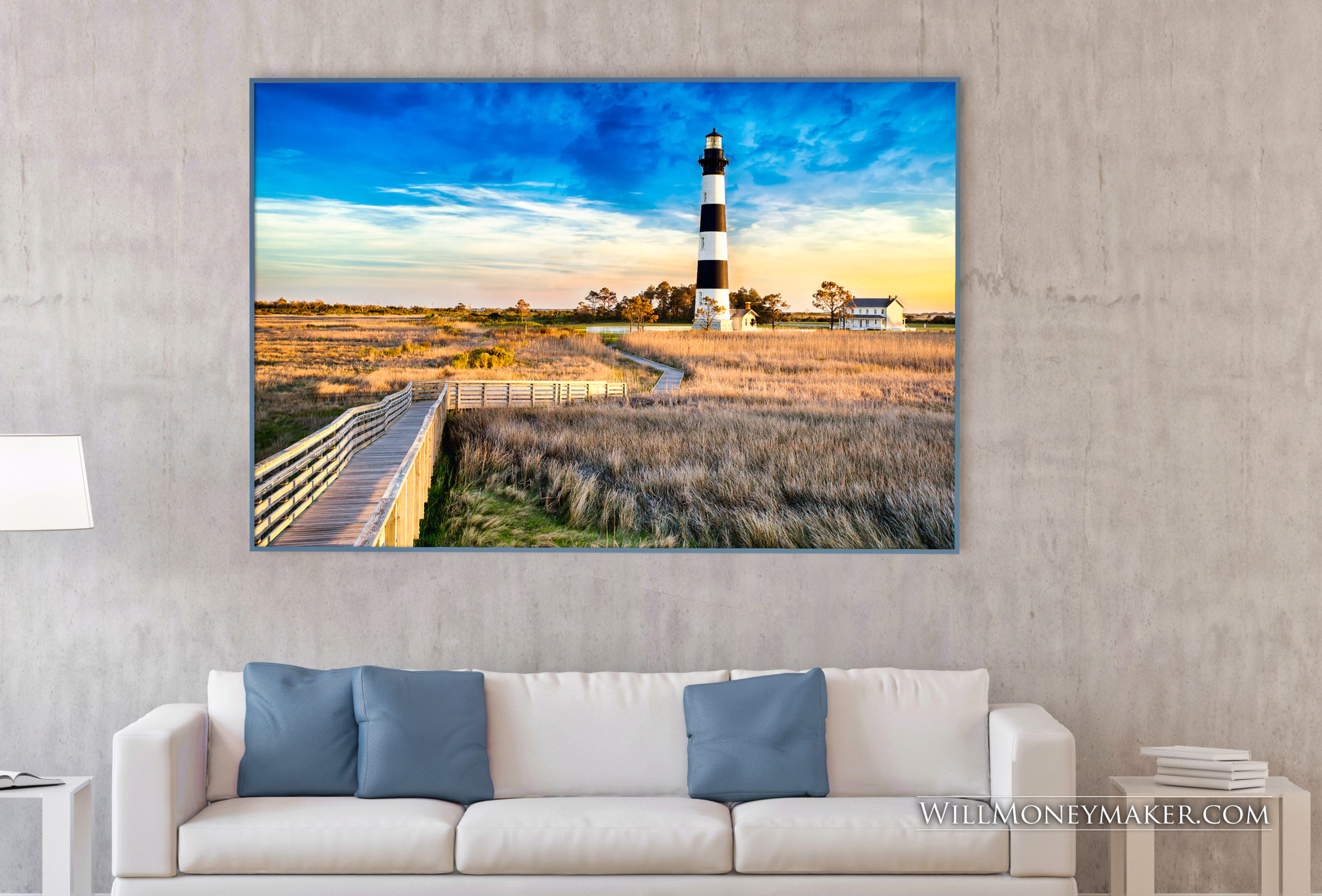What is the difference between physical art and ephemeral art? You may be thinking that this is a case of physical activity versus art forms that require more introspection to discern their meaning, such as dance versus poetry. But when I speak of physical art, I’m not referring to things like ballet or an orchestra. Rather, physical art is the kind of art that produces a physical product. Art that you can hold in your hands rather than art that you view once, and then it’s gone forever.
A painting is a physical art form, one that you can hang on your wall, whereas an orchestra’s production is more ephemeral — once you’ve listened to the songs, they’re gone, the sound vanished into the ether. Ballet is an ephemeral art form. You’ll sit in your balcony seats and watch the dancers perform their show, and once that show is over, you’ll never again be able to witness those exact dancers performing those exact moves in time with the exact music that you heard on that night. But sculptures, those are physical. Purchase one for your home put it on a pedestal, and you’ll view it day after day, unchanging.
Where does photography fall on this spectrum? Well, that’s the interesting thing about our particular medium. Historically, photography was always a physical art form. The print was the art. Without it, images were just negatives that sat in boxes somewhere in our storage closets, where they may never have seen the light of day. But now that the digital era has reached its height, photography has turned into something more. It straddles the divide as both a physical and ephemeral art form. The print still exists as a product that we can take home to enjoy day after day, but there are also digital images, which are much more ephemeral — nothing more than bits of data unless someone happens to click the link that loads the data to form the image on our screens.
It’s sort of like that old rhetorical question:
“If a tree falls in a forest and no one is around to hear it, does it make a sound?”
Our digital files are the same way. If no one happens to be looking at them, then for all intents and purposes, they don’t exist. That makes photography unique. There aren’t very many other mediums that both exist and don’t exist. Writing is similar in this regard. The printed word gives us things like books, newspapers, and magazines that we can hold in our hands. Then there is the digital realm — online articles, e-zines, and e-books, which, like digital image files, cease to exist as something recognizable soon as we close the files.
And that is perhaps one of the most interesting things about the physical versus digital divide. Physical art is an everlasting thing. Keep prints protected from sunlight and other sources of damage, and they’ll look the same day in and day out, year after year. But digital art is subject to change. The original photographer can always edit the digital image, and then there are other factors to consider beyond that. Websites come and go, and even the file types that we use to view images change as the years go by and new standards are invented, so there is always the chance for a digital image to simply disappear entirely, vanished into the ether that is the internet — or wherever else lost and deleted files go. There is an impermanence to the digital file, which means that digital art as a whole is a constantly evolving thing.
So what does the future hold? There are some who believe that the print will eventually go the way of the dinosaur, but in all truth, I don’t think the physical aspect of photography will ever fade away completely. This medium will always be one that bridges the gap between physical products and ephemeral data.
When e-books took off, many people said the same thing, that the digital book was the death knell for printed books. But look at e-books versus printed books now. The printed book hasn’t faded away, and it hasn’t even faded into obscurity. There are still millions, perhaps billions of books printed each year. Rather, the market for books, in general, has expanded. There are more books being sold than ever before, both print and digital. Some people enjoy the convenience of digital books, and other people still buy the printed books every chance they get simply because they enjoy the physicality of a book — the scent of the pages, the feeling of a hardbound cover under your fingertips, the sound a page makes when you turn it, and so on. So for some, the e-book is a convenience, a new way to enjoy the written word on multiple devices, while for others, the printed book offers a rich experience that a digital file can’t replicate.
The print is the same way. More people are consuming photography now than ever before because the digital medium is both convenient and accessible. Now, I can look at the works of famous photographers from decades ago — and I don’t have to visit a museum, buy a book, or shell out for a reproduction print in order to do so. It’s convenient and accessible, even if it is subject to change. But at the same time, you will always have the people that savor prints. These are the people who will not make do with digital picture frames or art viewed on computer screens. They want to own prints, and hang them on their walls, and enjoy the physical object for years to come, just as people who still prefer printed books do.
So, while photography is becoming more ephemeral as a medium, we photographers will never have to worry about the physical print becoming obsolete. In fact, as time goes on, we may find that the reverse is true. More people appreciating art could someday lead to more people immortalizing it in their homes by purchasing physical prints. Either way, in the coming years, both prints and digital files will continue to hold value across a broad spectrum of viewers.





